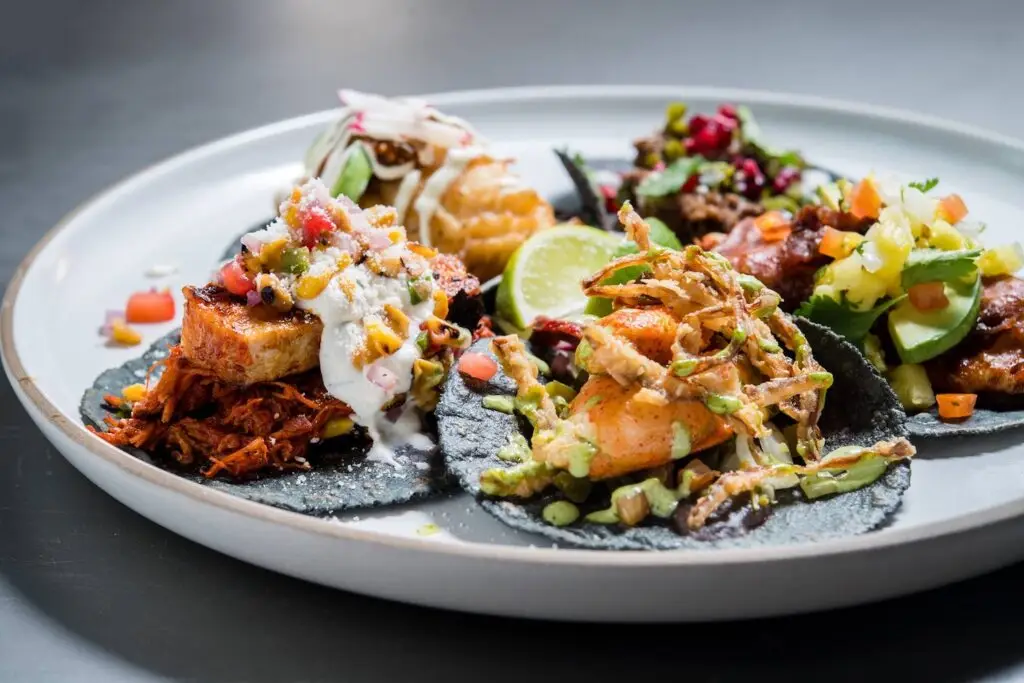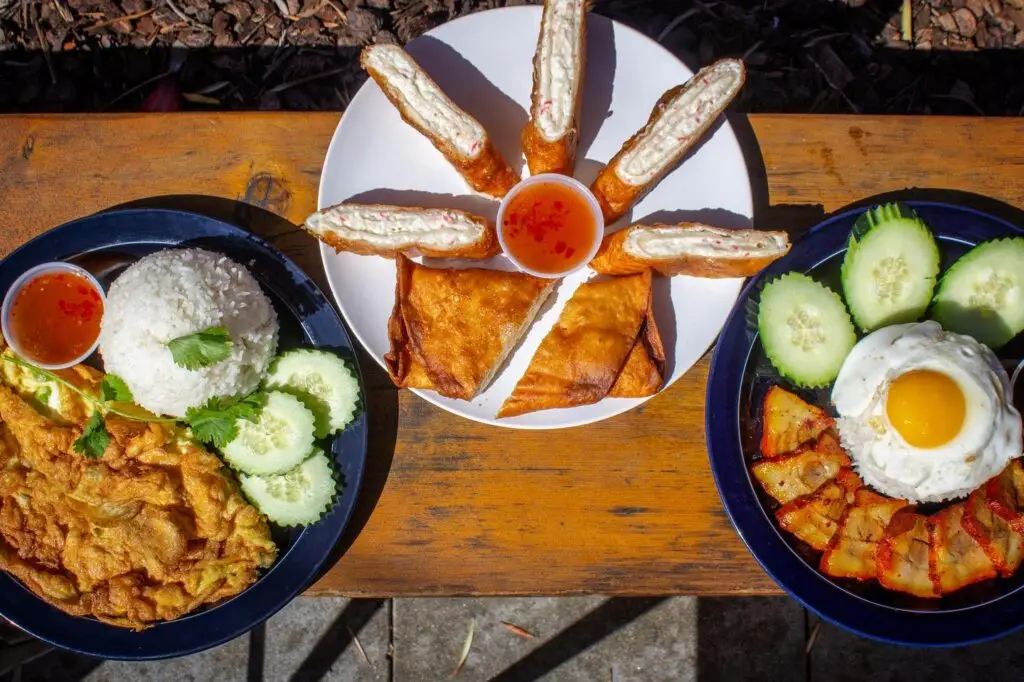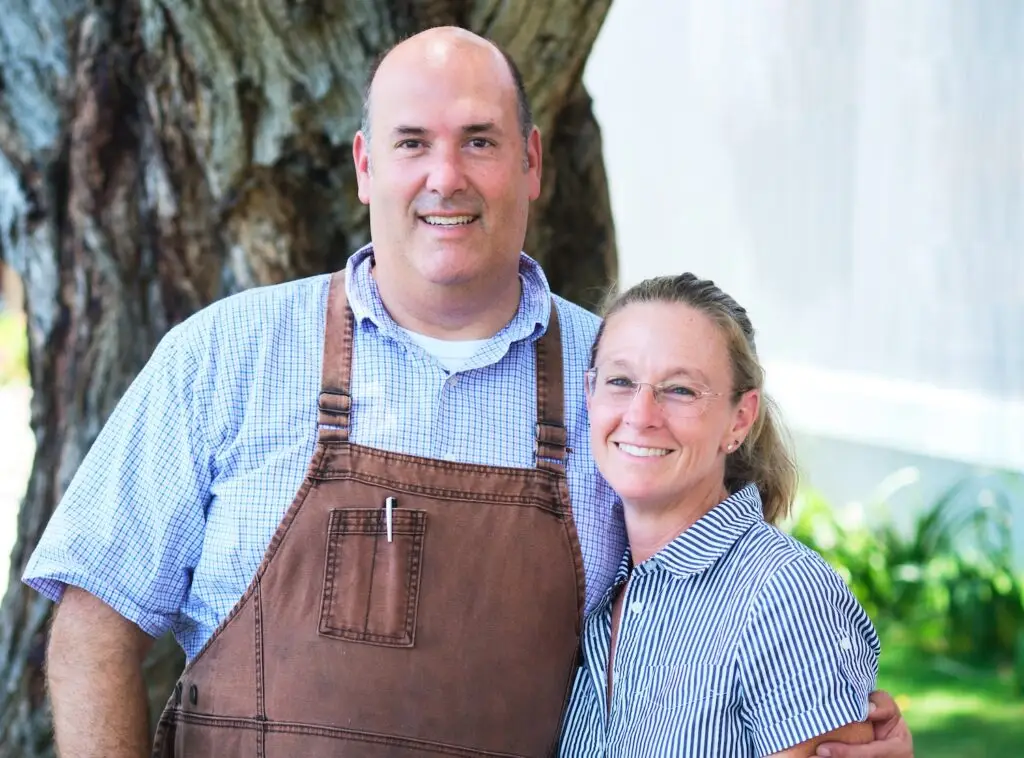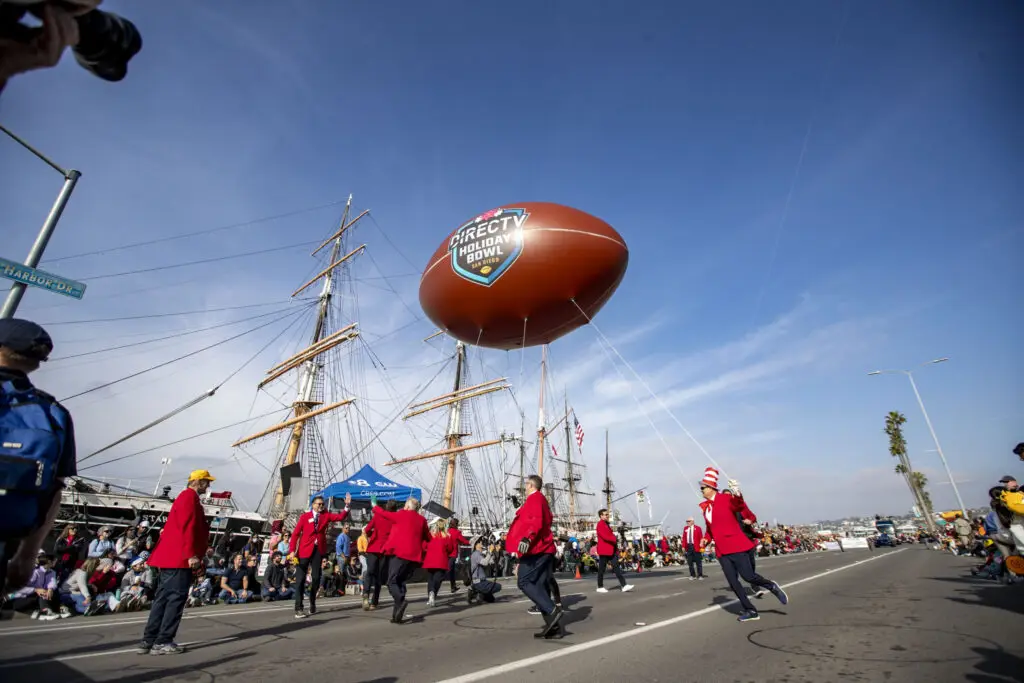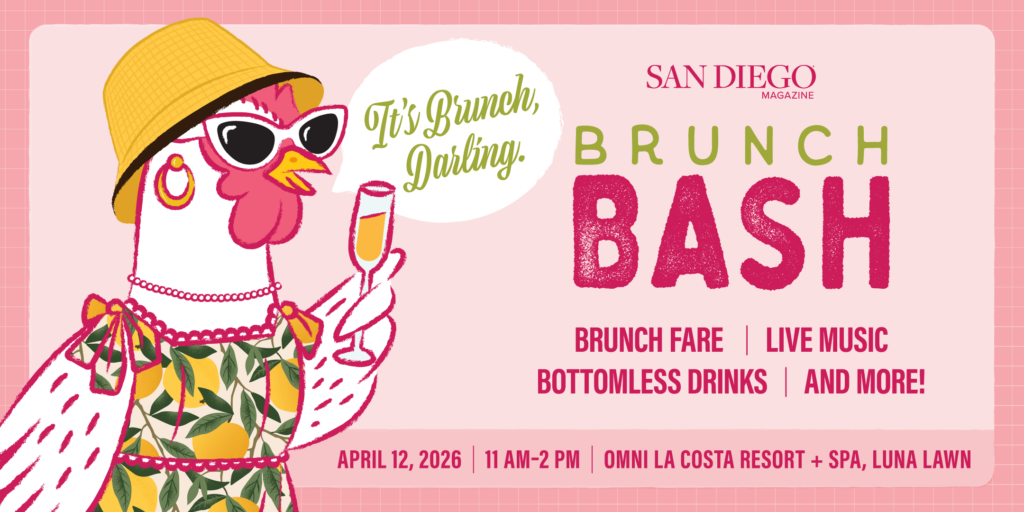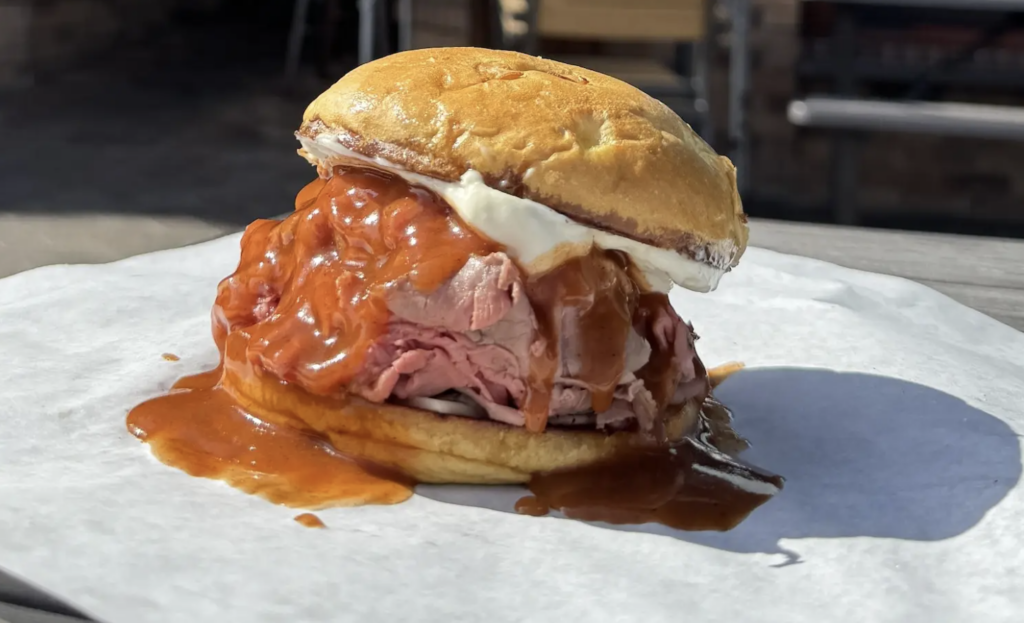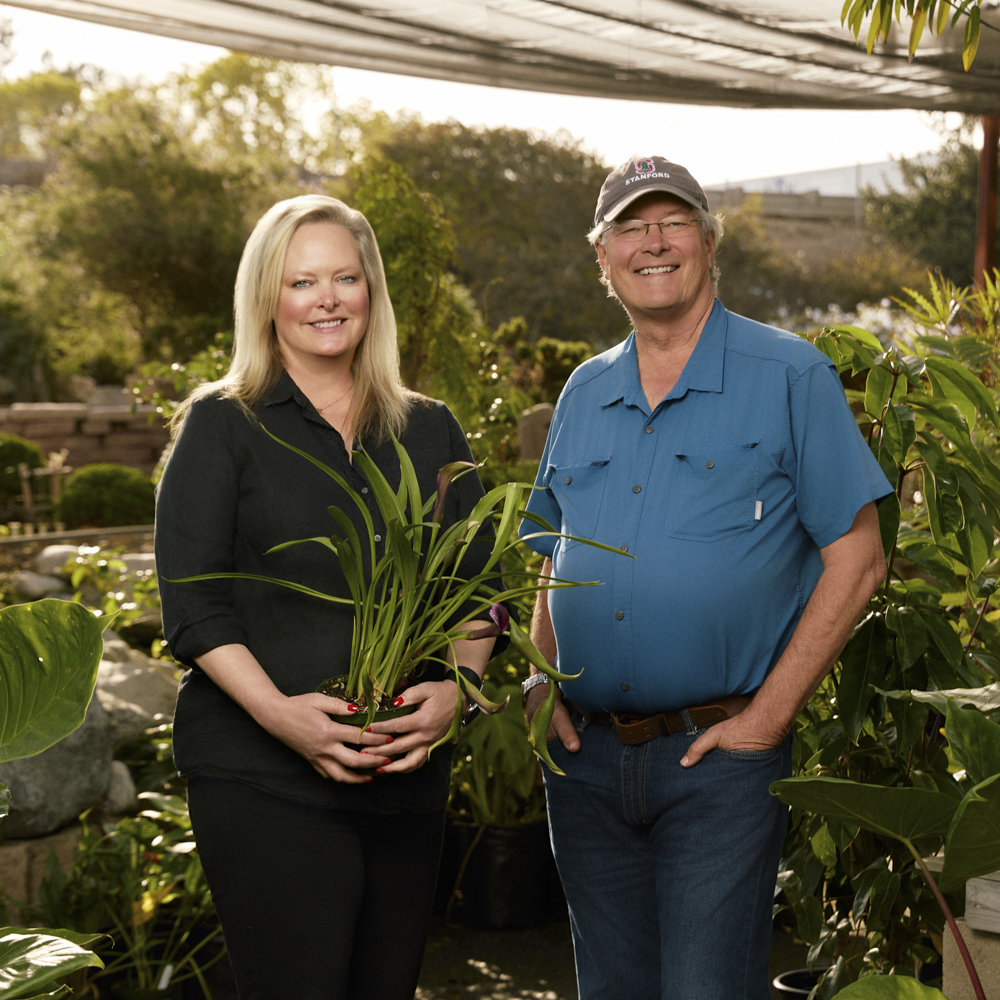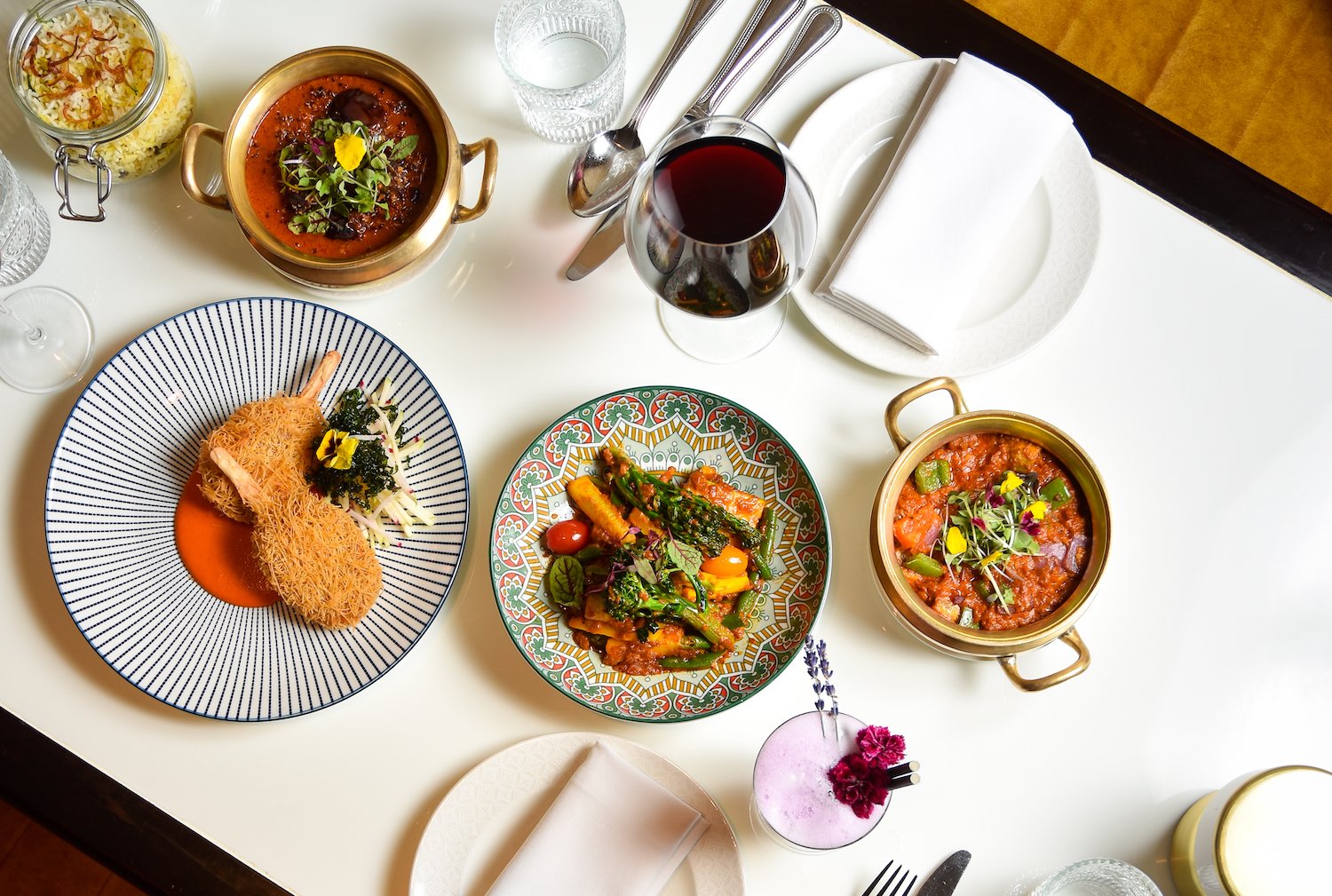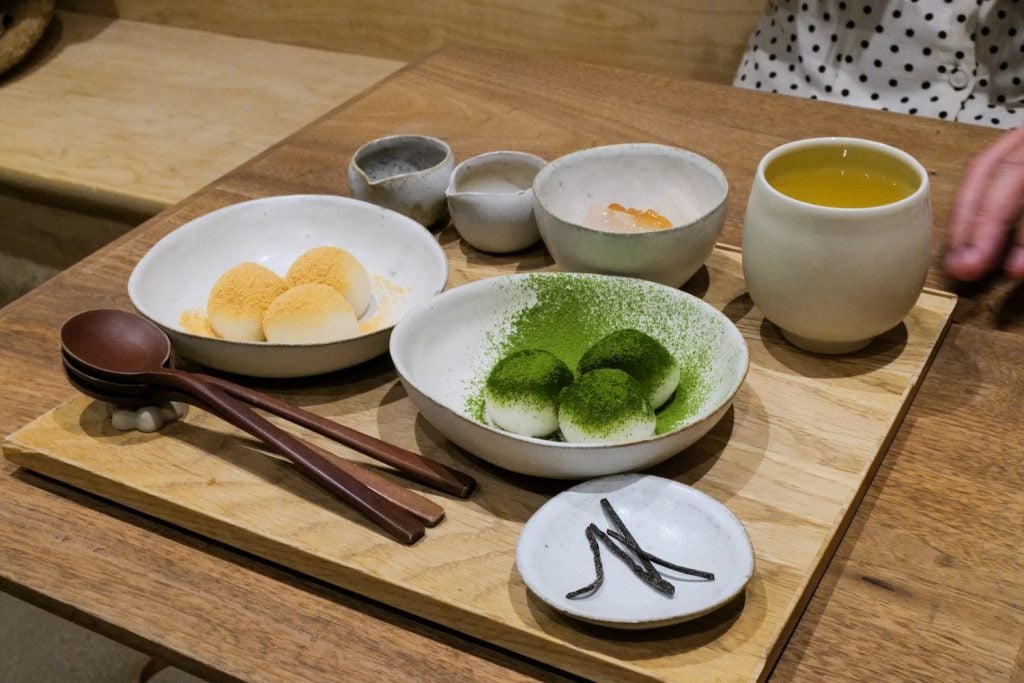Sometimes it seems the whole world is in Toronto— just one five-hour, nonstop flight from San Diego. Immigrants make up nearly half of the Canadian city’s population, and among its 174 neighborhoods are a “village,” “town,” or “little” version of almost every community you can think of.
Searching for saganaki? Hit Greek town on the Danforth. Thali? Head to Little India in the east end. Momos? Parkdale’s Tibetan dumplings come fried or baked. Craving sweets? Little Portugal slings pastéis de nata, the tiny, cinnamon-dusted offspring of a créme brulée and a tart. And shumai? There are two Chinatowns downtown and four more in the Greater Toronto area. The range of food options speaks to the diversity of the city, as do its hotels, which bear their own global influences.
The Shangri-La Toronto, for instance, nods to the traditional décor of the hotel chain’s Hong Kong hometown in its sleek and expensive guest rooms. Its onsite spa, however, draws upon the Middle East, while the hotel restaurant, Bosk, offers Northern Italian food by way of Canadian produce.
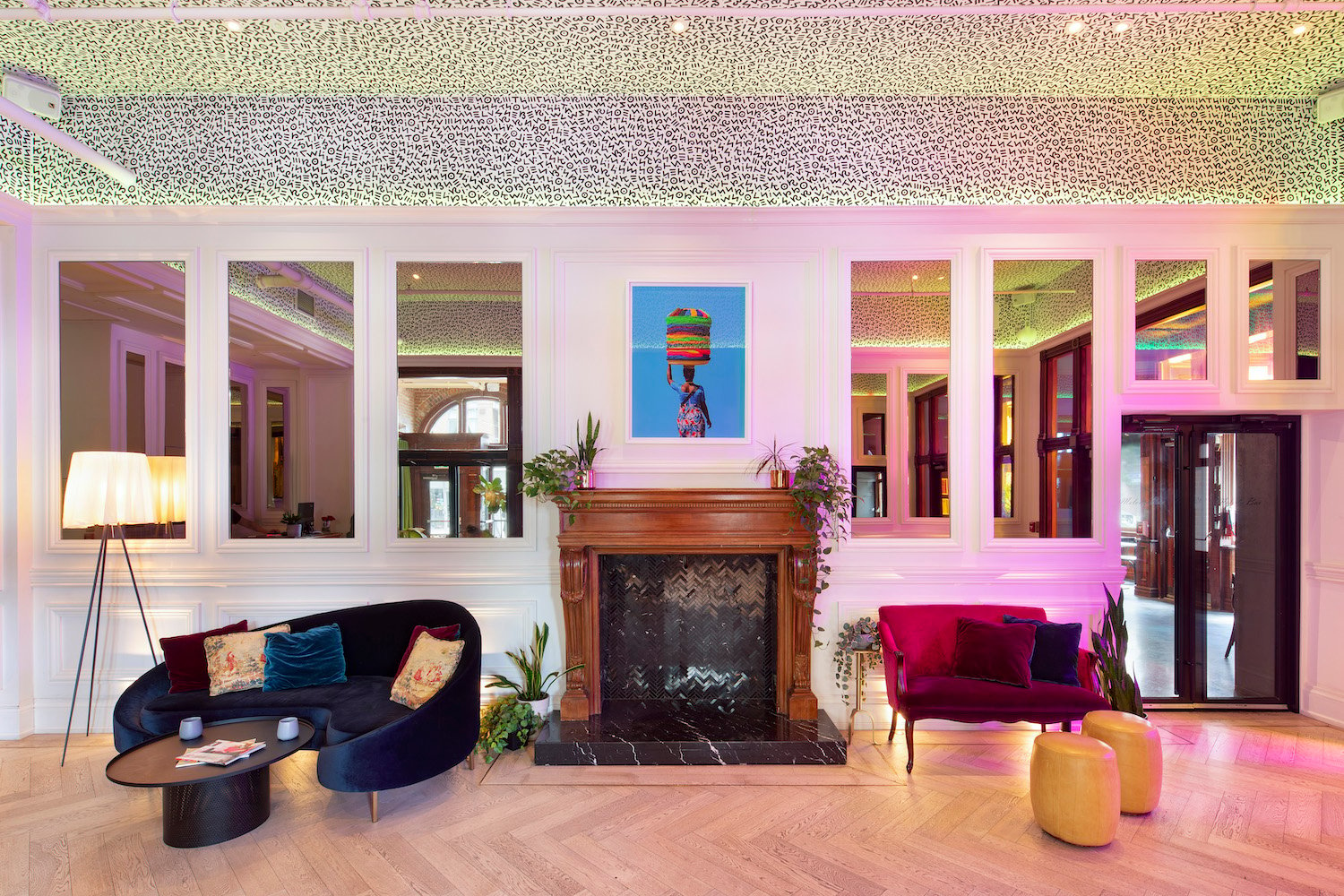
For a hipper vibe, go with the historic Broadview Hotel in the east end. It has a lively rooftop restaurant with a view and rooms equipped with quirky wallpaper and vinyl record players. Or choose the Gladstone House on Queen West, one of Toronto’s oldest hotels. A refresh brought local art and funky mood lighting to contrast the building’s exposed brick walls.
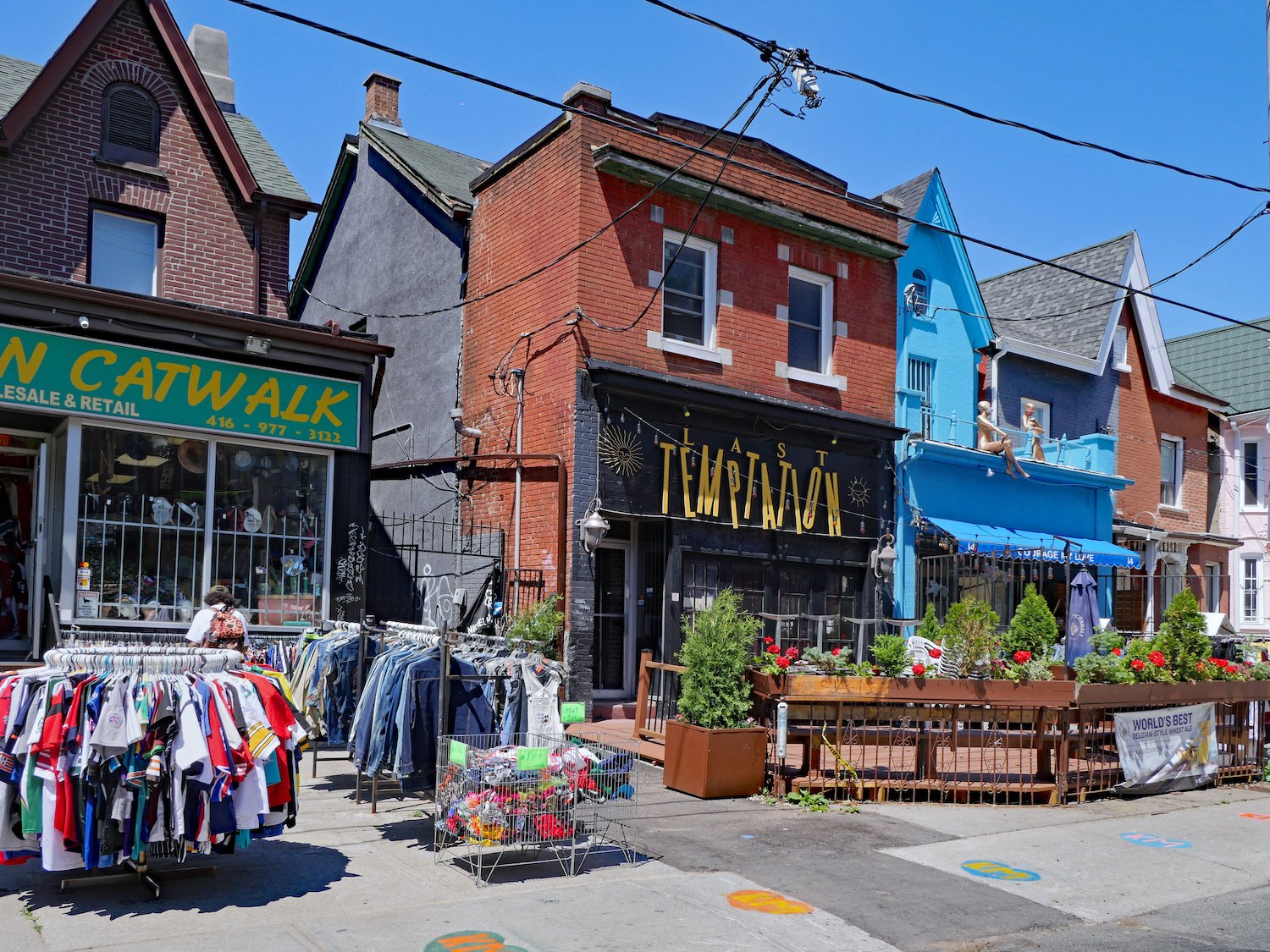
To do Toronto right, start at Kensington Market. On a food tour from Chopsticks & Forks, I learn that Kensington began as a Jewish market. By 1931, 80 percent of all Jewish people dwelling in Toronto lived in and around the Kensington Market neighborhood just west of downtown, most from Eastern Europe. After the second World War, however, waves of immigration brought people from all over the world—from Asia, the Caribbean, Eastern Europe, and beyond.
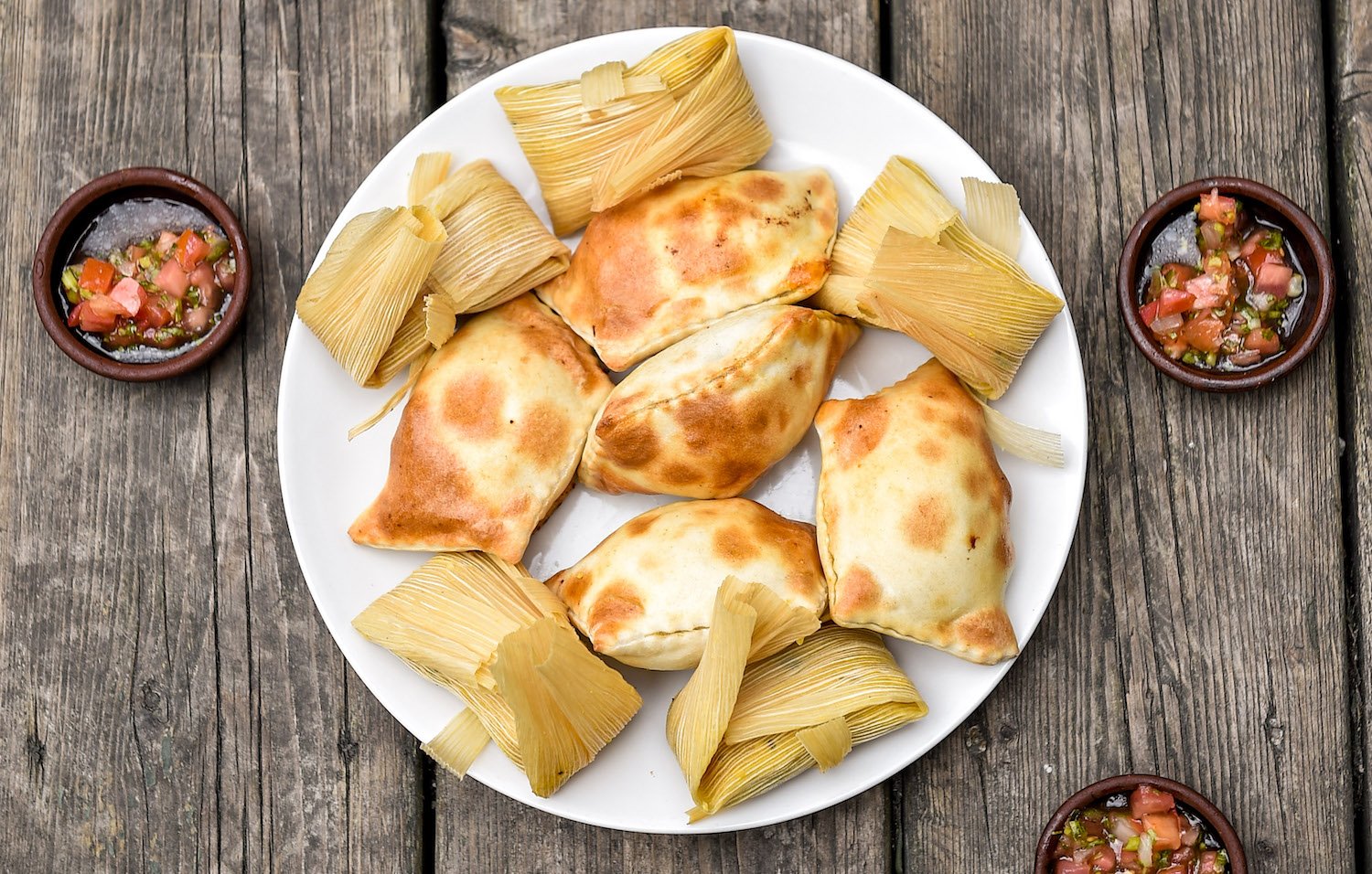
Jumbo Empanadas
These days, two synagogues call the area home alongside a cultural collision of many different communities. As you explore the market’s streets, you may hear a Bob Marley song emanating from one door, someone playing an accordion down the street, and an old man busking on an erhu (akin to a Chinese fiddle) on the corner. In less than three hours, we sample foods from nine countries and five continents, passing vintage clothing boutiques, bulk spice stores, butchers and cheese shops, specialty markets, and bohemian cafés along the way. After a smoked trout bagel sandwich from NU Bügel—a bakery started up by two Venezuelan friends—I scarf Jamaican food at Golden Patty, then wash down bites from Chilean-owned Jumbo Empanadas with a bright yellow Peruvian soft drink called Inca Kola. At Koi Japan Sushi, I nibble salmon avocado sushi, wrapped in tofu instead of seaweed and sprinkled with flakes of 18-karat gold. We finish our tour with a stop for a cookie and a rooibos tea at Fika Café, a Swedish coffee shop with a cozy room in the back where one wall is papered with open books.
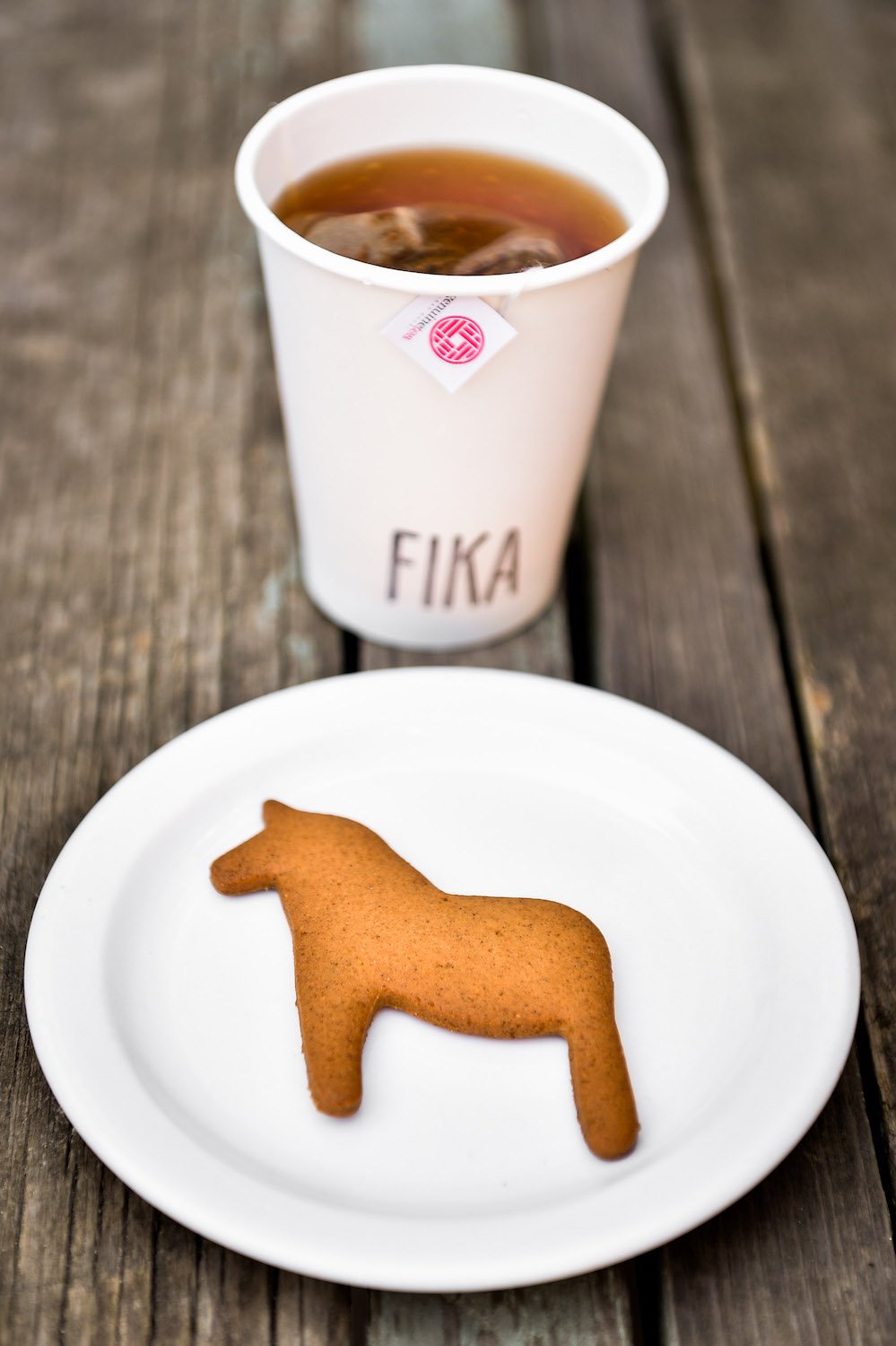
And Kensington is just one of many markets in the city. St. Lawrence Market was the city’s first, beginning operations in 1803. Now spread over three buildings, it’s hopping with people picking up fresh fruit and vegetables; visiting seafood stalls, bakers, and butchers; and buying local favorites, like the peameal bacon sandwich.
Of course, food choices aren’t merely sequestered in the city’s markets. There are almost 9,500 restaurants in Toronto, including more than 80 Michelin-recognized spots, so visitors can’t run out of places to explore, even if they try.
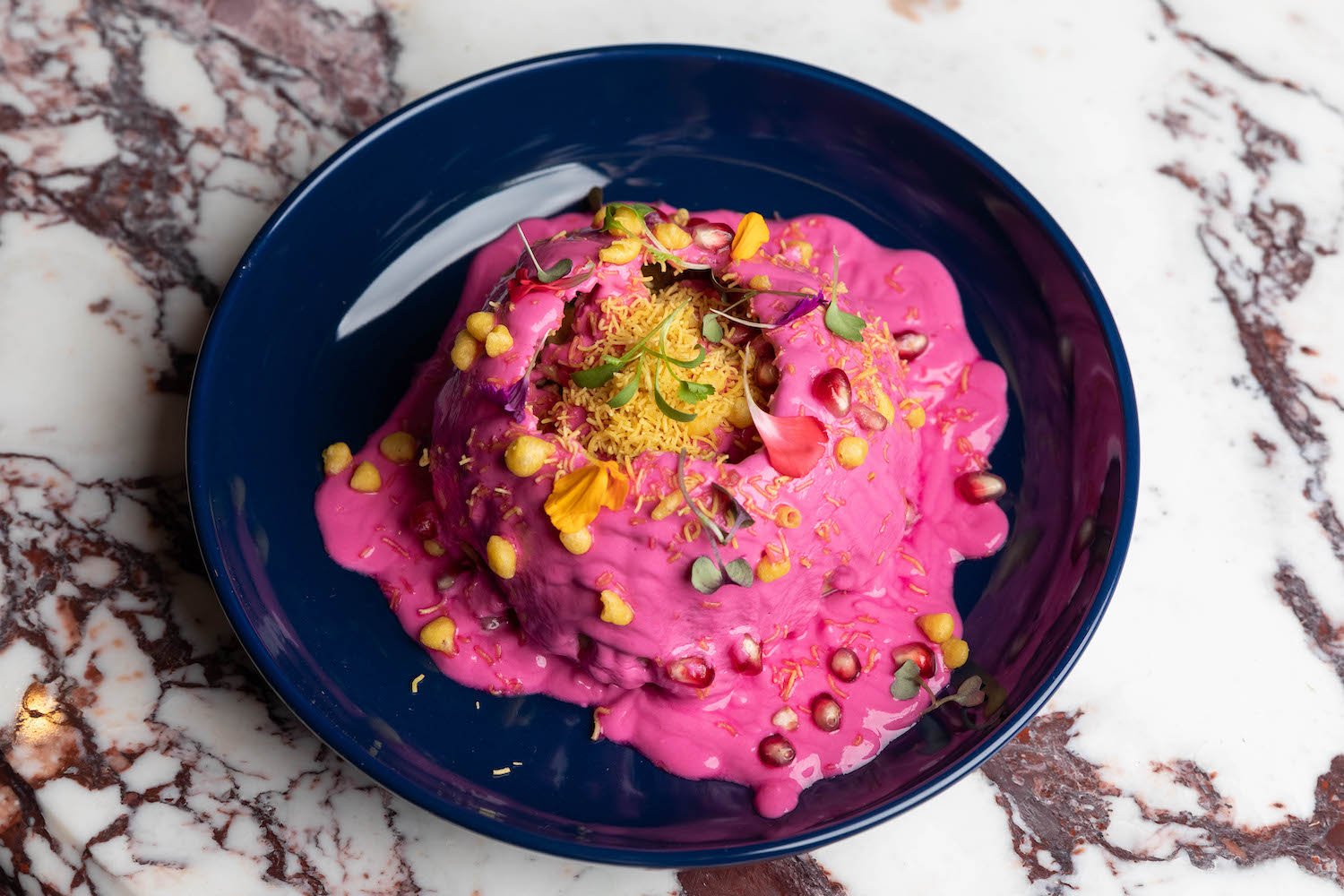
At Adrak Yorkville, a fine-dining Indian restaurant, the rani kachori my husband and I share resembles a dispatch from Barbieland, its yogurt sauce dyed bright pink with beetroot and its crispy, puffed puri shell stuffed with veggies and adorned with edible flowers.
The next night, we dine on an outdoor patio at Viaggio, an Italian restaurant near the west end’s Polish turned-hipster Roncesvalles Village. We began with the panzanella, the implied stodginess of a bread salad made light and refreshing with the addition of heirloom tomatoes, buffalo mozz, and wild leeks. It stands in perfect contrast to our next plate, the mafaldine, a rich tomato-based ragu with bone marrow, sausage, and rapini. And then dessert: tiramisu pancakes drenched in a warmed espresso syrup and topped with mascarpone mousse and a dash of cocoa.
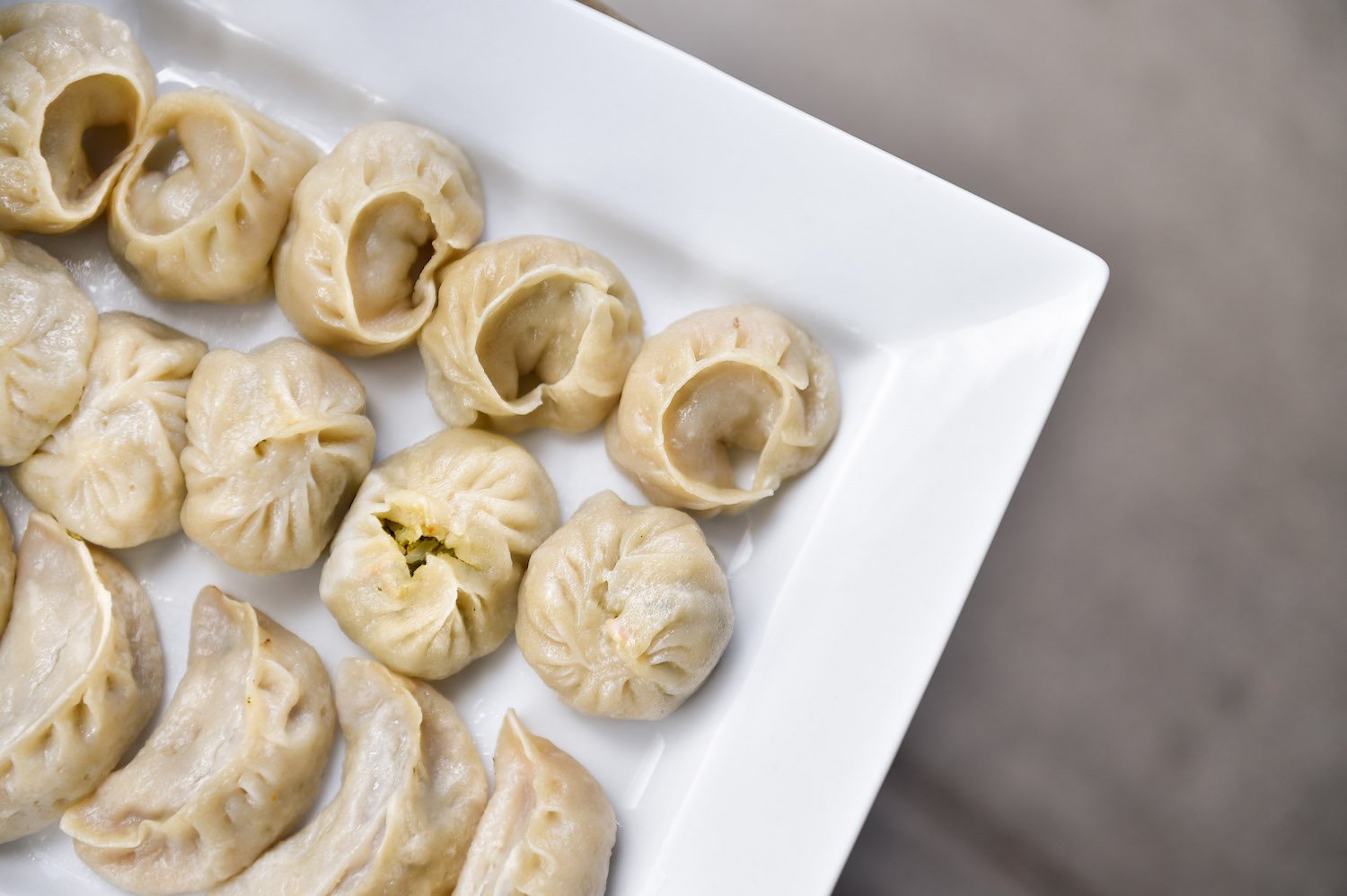
The following week, we bike downtown to the Northern Thai spot PAI, where we descend a staircase into a labyrinth of connecting rooms with colorful flags draped from the ceiling. Our meal begins with the plum mule cocktail, a sweet, spicy take on the Moscow mule with plum wine in the mix.
A couple of nights later, I end up at BB’s Diner, an unpretentious Filipino restaurant bearing cozy booths and stools perched around an omakase-style bar. I start with the G&T—made with a cordial based on calamansi, a citrus native to the Philippines—then dig into the Adobo fried chicken with pineapple habanero sauce.
Toronto, truly, is a great place to get full. But while food tells you much about a city’s culture, Toronto’s diversity is also something you can see, feel, and hear.
The city loves its street festivals, from celebrations of salsa dancing on St. Clair and the Polish festival on Roncesvalles to the Ukrainian Festival on Bloor West and the Toronto Caribbean Carnival, the largest of its kind in North America. The colder months bring an ice sculpture fest, light shows, and winter markets.
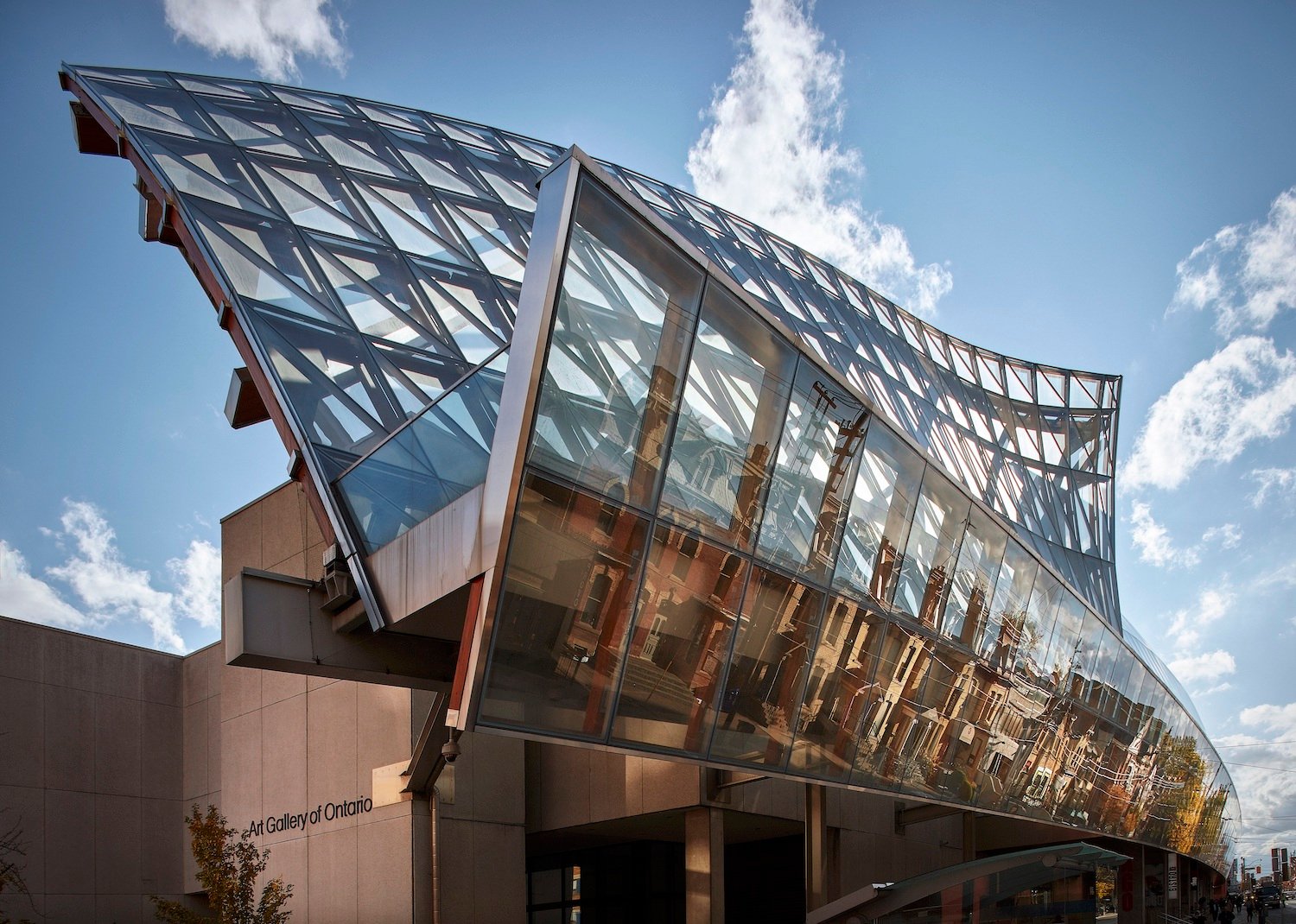
Toronto’s more than 60 galleries and museums, too, reflect the breadth of the city’s cultures. Venture beyond standbys like the Royal Ontario Museum, Art Gallery of Ontario, and Museum of Contemporary Art to wander lesser-known but equally fascinating spaces such as the Aga Khan Museum, which showcases Islamic art and artifacts amid stunning, rectilinear architecture. The museum also hosts lectures and poetry, music, and dance performances, including the Duende Flamenco Festival, taking place November 14 to 17.
The newly opened Toronto Holocaust Museum was intentionally designed, says Marketing and Communications Director Michelle Fishman, as a “contemplative space” where visitors are invited to “approach the content through the lens of their own unique immigration experiences, efforts at acculturation, [or] lived trauma.” Across town, the Native Canadian Centre of Toronto offers free tours, giving visitors the chance to explore the city’s Indigenous Canadian roots.

Wellness opportunities also abound, accommodating more customs and budgets than other towns might. An hour-long Thai massage on Bahn Thai Spa’s traditional floor mats will set you back a mere 100 Canadian dollars (about 75 US bucks), while those seeking decadence can invest hundreds into a facial with French ingredients at Hotel X’s fancy Guerlain spa. At the South-Western Bathhouse, tucked in a back alley on the side of a strip mall in Mississauga, you can unwind the Russian way, sweating in a cedar parilka or Finnish sauna and indulging in the strangely soothing charms of a venik, essentially a whipping with a bundle of tree branches. Throw back a shot of vodka, cup of tea, or hearty bowl of goulash before you leave.
PARTNER CONTENT
Then, relaxed and fortified, find the nearest map, close your eyes, and point. Chances are, wherever your finger lands, Toronto provides the opportunity to explore a multitude of cultures mere steps away.
